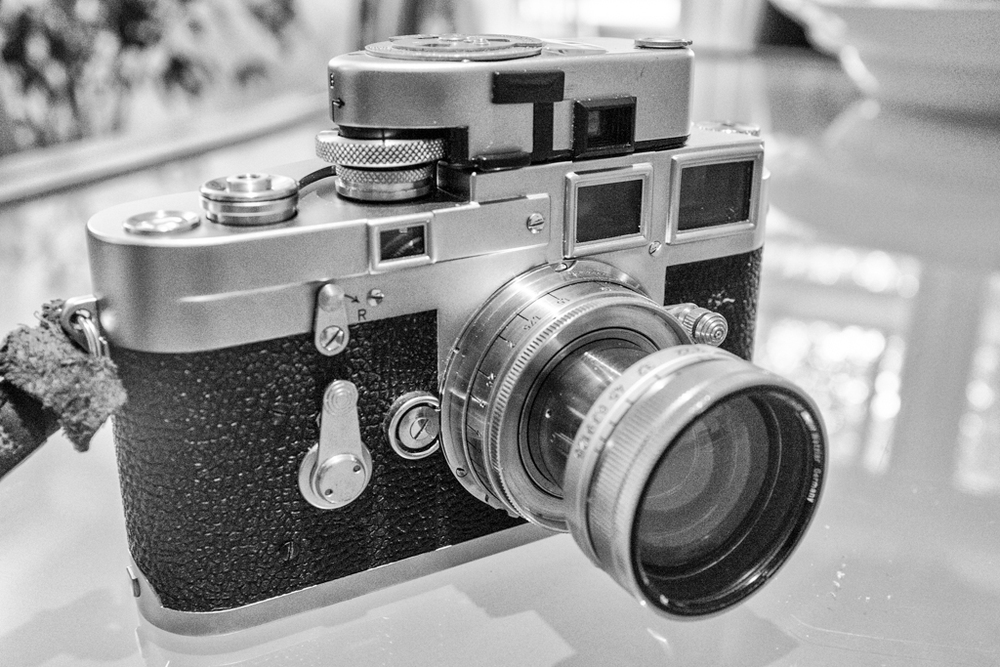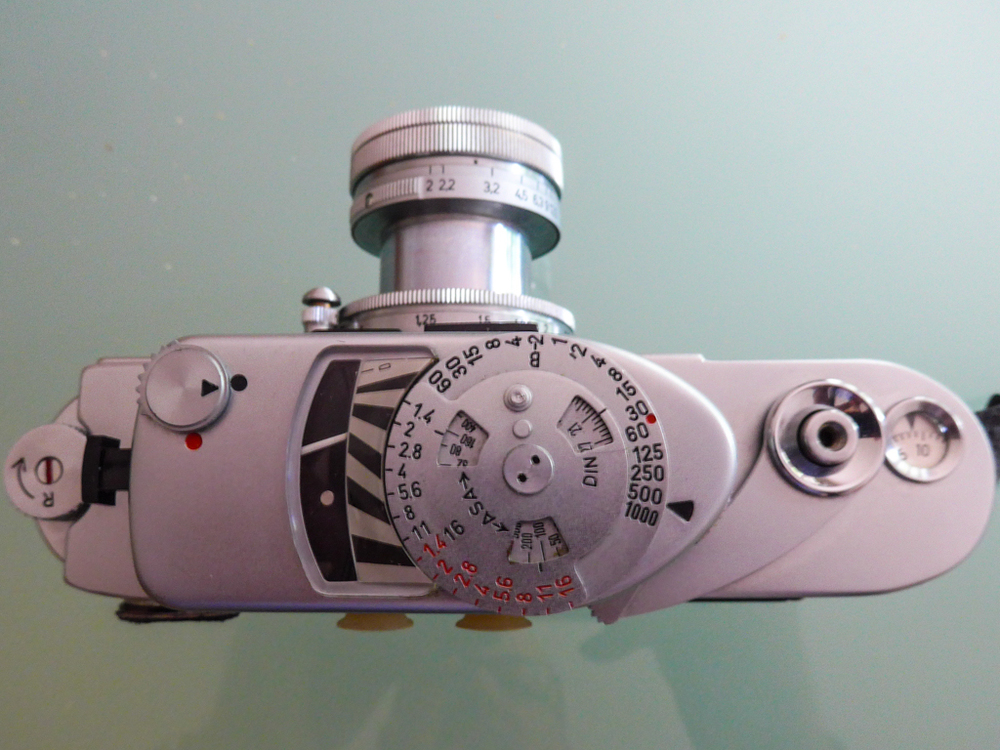
Last Sunday I bought a present for my 1954 Leica M3. I have wanted a Leica-Meter, the original companion for the M3, M2 and M4, but had always been put off by tales of unreliability. The Leica-Meter, manufactured by Metrawatt AG of Nuremburg, is an ingenious device which couples with the camera’s shutter-speed dial to simplify exposure setting. You can either set the speed and read the correct aperture from the exposure needle or, conversely, set the aperture and then match that value with the dial on the meter in order to read the speed. The earlier meters are powered by no-maintenance selenium cells but these can become unreliable over time. So I was keen to get the battery-powered MR which was produced between 1965 and 1967.

Although the original 1.35-volt mercury hearing-aid cell was said to last a long time, it is now no longer available because of safety concerns. There is no direct replacement and I suspected I would need a new battery soon, if not immediately. After some investigation I found my way to one of those outfits that you just know you are going to bookmark for future reference. The Small Battery Company in South-West London does what it says on the tin: Supply all manner of specialist batteries and, to add icing to the cake, at really competitive prices. After a couple of minutes on their website I discovered I needed a 386/301 1.55v silver-oxide watch battery. The only snag is that the cell isn’t the same size as the original Mallory PX-625―which is perhaps fortunate because it is also the wrong voltage. Luckily, there is an adapter, the MR-9, which not only pads out the smaller battery to fit the compartment on the Leica-Meter, it also steps down the voltage to the desired 1.35v.
While the batteries are cheap, the MR-9 adapter is an expensive buy at £29.43—almost as much as I paid for the meter. But you need only one and it can be used over and over. I ordered an MR-9 and two batteries at £1.50 each to make a total outlay of £32.43 with free postage. I had the items within 24 hours and I was delighted to find the Small Battery Company had sent me a free extra battery. My MR is now definitely set up for life.


The advantage of using the Leica-Meter MR is that it is in-period and matches the camera perfectly. It is also more convenient to use because of the coupled speed dial. It has some minor disadvantages, chief among which is a tendency to scratch the top of the camera when it is being slid into position in the hot shoe. I took precautions against this by adding some of that wonderful black plastic take (I must by shares in that company) over the battery compartment door and at the furthest end of the overhang (opposite to the speed dial). This seems to do the trick.
I know that many owners of older cameras without built-in meters prefer to use the excellent Voigtländer VC Meter II which is a modern hot-shoe mounted device and is very simple to operate. It doesn’t have the coupling to the Leica camera and is also considerably more expensive than an old Leica device. I have used this meter extensively and one of the problems is that, after setting the dials to the required setting it is all too easy to forget to transfer the information to the camera. This has caught me out on many occasions. It also has the same problem as many hot-shoe-mounted viewfinders―it slides off too easily when putting the camera back in the bag.
The current version of the VC Meter II retails in the UK for £216. Other alternatives include a separate, hand-held meter or a smartphone. There are several excellent exposure apps you can download for nothing or for a couple of pounds. On balance, however, if you can get a Leica-Meter that works it definitely provides the most convenient and authentic solution.

original mercury batteries are still made and sold in Russia & Eastern Europe, newly manufactured even today in Russia, I use the adaptor too but recently bought some PX625 mercury 1.35 volt as the meters and some of my cameras originally where designed to work with, one can buy in bulk about 10 cells per $100.00 U.S.D. enough to last a lifetime.
Thank you, Rory, a very useful contribution to the discussion.
Mike
Enjoy 🙂
Are you finding your meter to be acceptably accurate with the converted battery? I remember dealing with the same company many moons ago, when sourcing a battery for my Canon QL17. Worked very well!
Hi Treve, I confess I haven’t had the M3 out of doors since I fitted the battery yesterday. I seems to be working properly but you never know. Once I’ve developed the first film I will know for sure but I will also do some rough back-to-back tests using an iphone app.